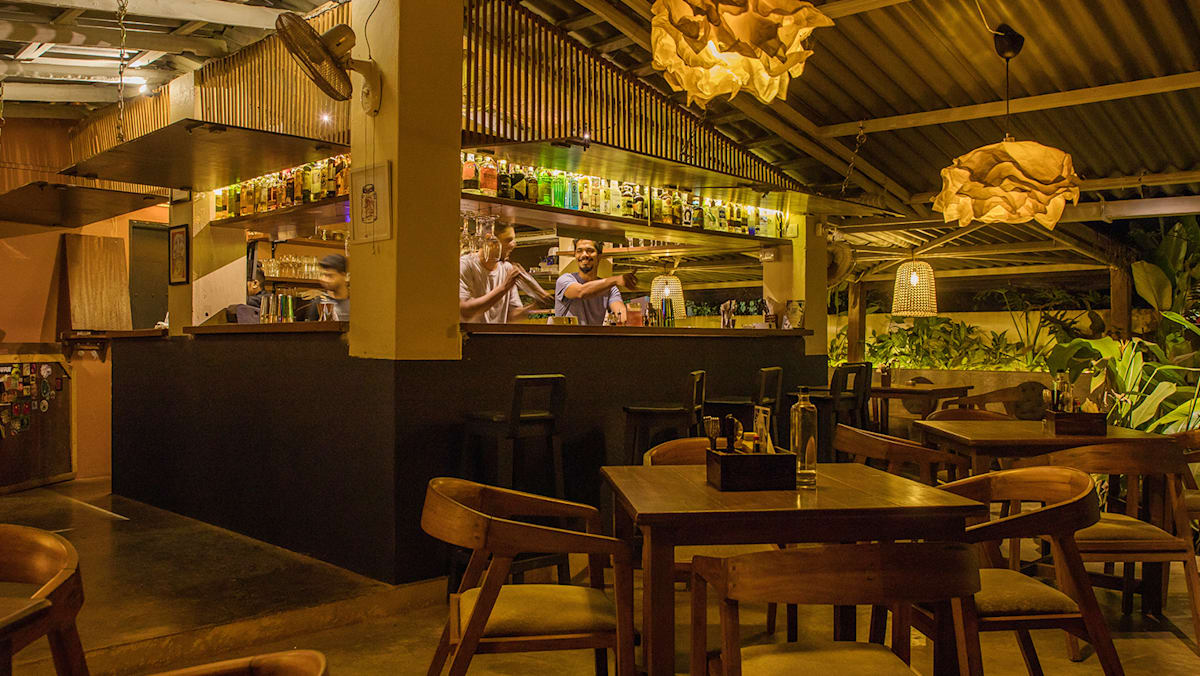The cocktail culture in these cities vary widely, as factors like spending power, labour regulations and liquor taxes influence consumption.
The region’s Academy Chair John Ng observed in Hong Kong, collaborations with chefs, lifestyle brands and overseas bars abound. Bartenders also have to balance trends with bespoke service to stay relevant in a city of high rental and labour costs.
In China and Macau, hotels are starting to pay more attention to their bar programmes, especially in the latter where “the industry is working very hard in the past few years to make a name everywhere”, said Ng.
Taiwan, which started off largely inspired by Japanese bartending culture and an emphasis on classic cocktails and high-quality spirits, is now stepping on the experimental accelerator to great success. Ng said: “Taipei will still have the most bars but the fact that Taiwan’s best bar is in Taichung (Vender, No. 20) is spurring the whole industry to work harder.”
SOUTHEAST ASIA: A MIX OF UNIQUE RHYTHMS
In Asia’s most diverse region, a new energy is shining from Penang to Phnom Penh even as it holds the distinction of having the most bars with a 10-year record of being on the list: Singapore Jigger & Pony (No. 3), Tokyo’s Bar Benfiddich (No. 9), Bangkok’s Vesper (No. 29) and Seoul’s Le Chamber (No. 50).
Rachel Tann, who is the Academy Chair for Southeast Asia and Korea, said: “Southeast Asia is in a dynamic phase of experimentation. It is going beyond importing trends to defining cocktail culture on its own terms.”
